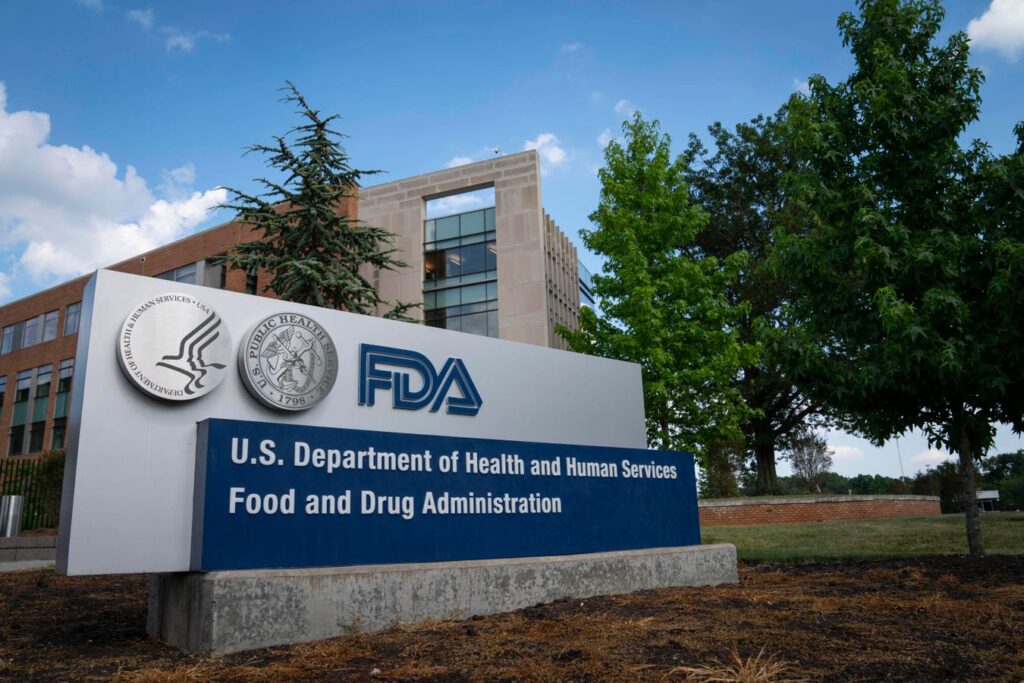On Wednesday, the Food and Drug Administration banned Red No. 3 from all foods, beverages, and ingested drugs. Companies must remove Red No. 3 from their products by January 2027. While this is a step in the right direction, there are still eight artificial dyes approved for human consumption. What are they, which foods contain them, and what are the health risks to humans? Which companies use or make these harmful additives? Will a Robert F. Kennedy Jr. confirmation bring more scrutiny to America’s food supply?
Food Dye Background
For decades, food companies have added synthetic dyes to their products to make them more visually appealing. There is growing evidence that many of these artificial colorings are hazardous to your health. As pressure mounts to make foods more nutritious, and as consumers opt for healthier choices, some companies may experience reduced profits, which could affect their stock price. More on that in a moment.
Most artificial food coloring uses petroleum-based chemicals called dyes, which have been linked to numerous health conditions. According to Consumer Reports, of the 42 different synthetic dyes, and after today’s ban, eight are still approved for human consumption. Over 90% of candies, fruit flavored snacks, and drink mixes contain one or more of these harmful ingredients. Before, there were nine synthetic dyes approved for human consumption (see table below).
Many of these dyes, banned in other countries, are still part of America’s food supply. According to ewg.org, three of the dyes — Red 40, Yellow 5, and Yellow 6 — make up about 90% of all food dyes used in the U.S. Some of the risks of synthetic dyes include cancer, hyperactivity, ADHD, and other disorders. Children and individuals with certain health conditions may be especially venerable. According to numerous sources, in June 2015, General Mills vowed to remove all artificial colors from Trix and Lucky Charms by the end of 2016. Kellogg’s promised to remove all artificial colors by 2019. Both companies continue to use synthetic dyes.
Popular FoodsWwith Dyes And The Companies Behind Them
Generally, any foods or beverages with bright colors likely contain harmful dyes. Here are three companies that use synthetic dyes in their products. Mars Company is privately held, so its stock is not publicly traded. Mars makes Skittles which includes Red 40 Lake, Yellow 6 Lake, Yellow 5 Lake, Blue 2 Lake, Blue 1 Lake, Yellow 5, Red 40, Yellow 6, and Blue 1. Mars also makes M&Ms with Blue 1 Lake, Yellow 6, Red 40, Yellow 5, Blue 1, Yellow 6 Lake, Red 40 Lake, Yellow 5 Lake, Blue 2 Lake, and Blue 2. Another Mars product with dyes is their Starburst brand which contains Red 40, Yellow 5, Yellow 6, and Blue 1.
Publicly traded stocks include General Mills and Kellogg’s. General Mills makes Trix cereal with Red 40, Yellow 6, and Blue 1. The company also makes Lucky Charms with Red 40, Yellow 5, Yellow 6, and Blue 1. Finally, Kellogg’s makes Froot Loops and Apple Jacks. Both products contain Red 40, Yellow 5, Blue 1, and Yellow 6.
Top Companies That Manufacture Synthetic Dyes
Which companies are involved in manufacturing synthetic dyes? According to verifiedmarkets.com, three of the top 10 companies are publicly traded in the U.S. They are Sensient Technologies Corporation (SXT), Archer Daniels Midland (ADM), and DowDuPont (DOW). I reached out to each to ask what percentage of sales are derived from foods with synthetic dyes, but have not received a reply.
With today’s ban of Red 3, and the potential of an R.F.K. nomination, other synthetic dyes could be in the FDA’s crosshairs. As America’s eating and drinking habits continue to trend toward healthier choices, companies will be forced to adapt or lose sales. In short, the trend toward healthy foods may bring significant regulatory changes to the food and beverage industry and the pharmaceutical industry.
Read the full article here

